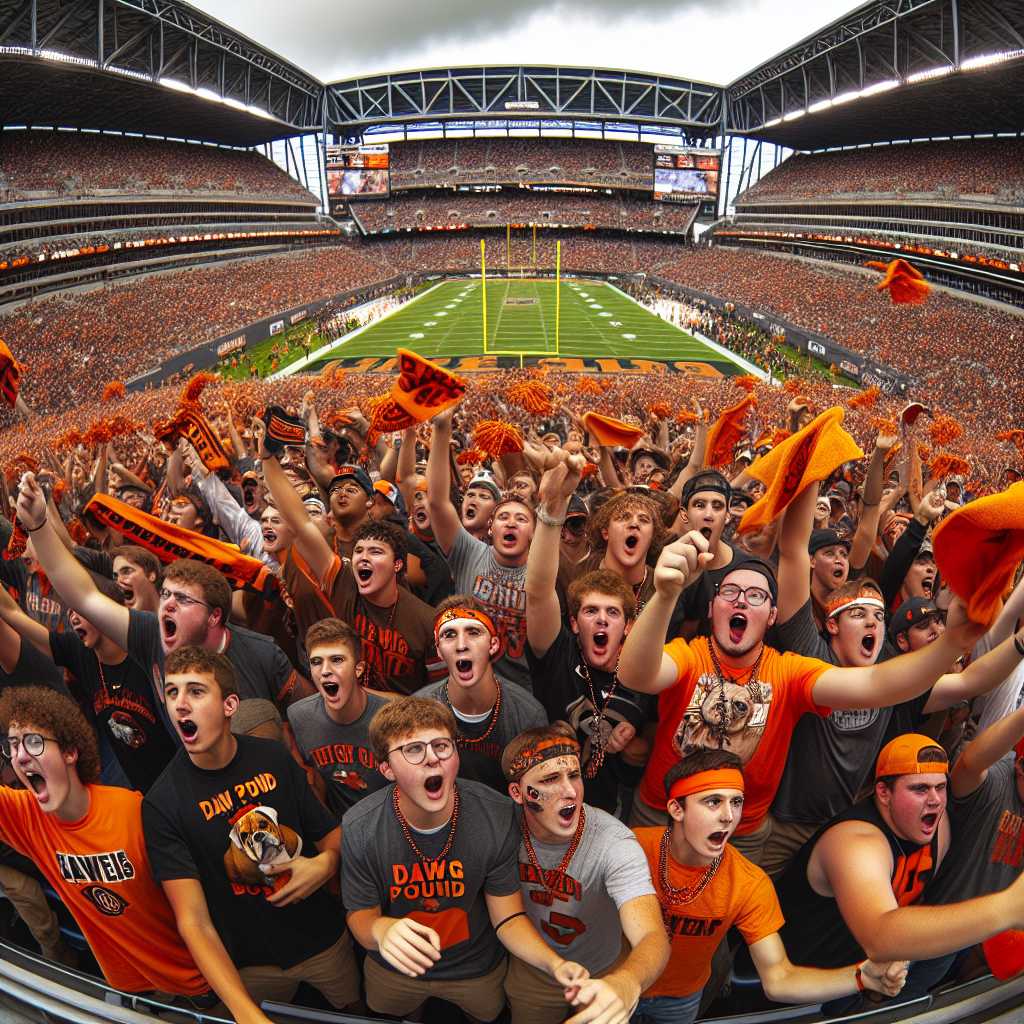The Cleveland Browns: A Storied Franchise in American Football
Introduction to the Cleveland Browns
The Cleveland Browns are a professional American football team based in Cleveland, Ohio. As a member of the North Division of the American Football Conference (AFC) in the National Football League (NFL), the Browns have a storied history that includes periods of great success and challenging times. They are known for their passionate fan base, distinctive orange and brown uniforms, and their unique history which features both pioneering achievements and infamous moments. Today, the Browns continue to build their team with the goal of adding to their legacy of championships from decades past.
History and Early Success
The Browns were initially founded in 1944 by businessman Arthur B. McBride and coach Paul Brown, for whom the team was named. They began play in the All-America Football Conference (AAFC) in 1946 and promptly established a dynasty, winning four championships before merging into the NFL in 1950. The early Browns teams, under head coach Paul Brown, were ahead of their time with sophisticated play-calling and player talent evaluation. During the 1950s, the Browns appeared in seven NFL championship games and won three more titles.
Struggle and Change
After the early heyday, the 1960s and 1970s marked a period of transition with moments of limited success but no championship victories. The Browns struggled to maintain their dominant form amid a league that was rapidly evolving and becoming more competitive. Serveral times they reached playoffs but weren’t able to capitalize on these opportunities. Changes in ownership, management and the emergence of competitors significantly challenged the team during these decades.
Rebirth and Resurgence
The 1980s saw a resurgence for the team with a handful of strong seasons under quarterbacks Brian Sipe and Bernie Kosar. Relatively consistent playoff appearances characterized this period, although their several attempts at reaching the Super Bowl were halted by heartbreaking losses infamously known as “The Drive” and “The Fumble.” Despite falling short of a championship win, this era cultivated a deep connection with Cleveland residents bonded through shared highs and lows.
Moving and Returning to Cleveland
There was dramatic upheaval in 1995 when then-owner Art Modell announced the relocation of the Browns franchise to Baltimore, where it became known as the Ravens. This led to widespread outcry among fans and within the city of Cleveland that resulted in legal actions and negotiations with the NFL. As a result, an agreement was reached that allowed Modell to move his organization while leaving behind the Browns’ name, colors, and history for a new Cleveland franchise that resumed play in 1999.
Modern Era Challenges and Optimism
Since reactivation in 1999, success has been fleeting for the new-era Browns—with sporadic winning seasons disjointed by longer periods of underperformance. Draft misfires, frequent coaching changes, and quarterback instability have all contributed to less-than-ideal outcomes on the field. However, in recent years there is cautious optimism among fans with apparent improvements in front office stability, talent acquisition through both draft and free agency, and on-field performances reflecting positive growth.
Cultural Impact
Beyond sheer athleticism or roster moves, it’s clear The Cleveland Browns significantly influence local culture. “Dawg Pound,” an intensely loyal fan section replete with barking and dog-related regalia at home games, symbolizes the die-hard commitment supporters have toward their team. This nickname underscores a connection not just to a sports team but to an element of Cleveland’s identity, through sometimes mired years yet rooted in unwavering passion.
